Rivers, especially the Ohio River was a gateway for exploring and expansion westward. It contributed to the founding of East Liverpool as well as the growth of its industry. Potteries used the river to transport and sell their products throughout the rest of the country and probably overseas sometimes too.
Potteries would pack their product in wooden barrels for shipping on boats and later trains as well. The pictures below show different time periods from late 1800s to early 1900s.

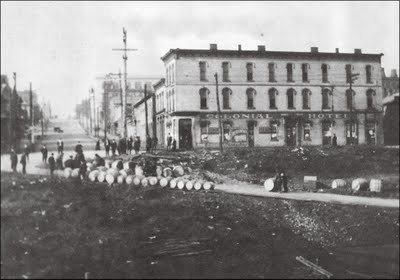
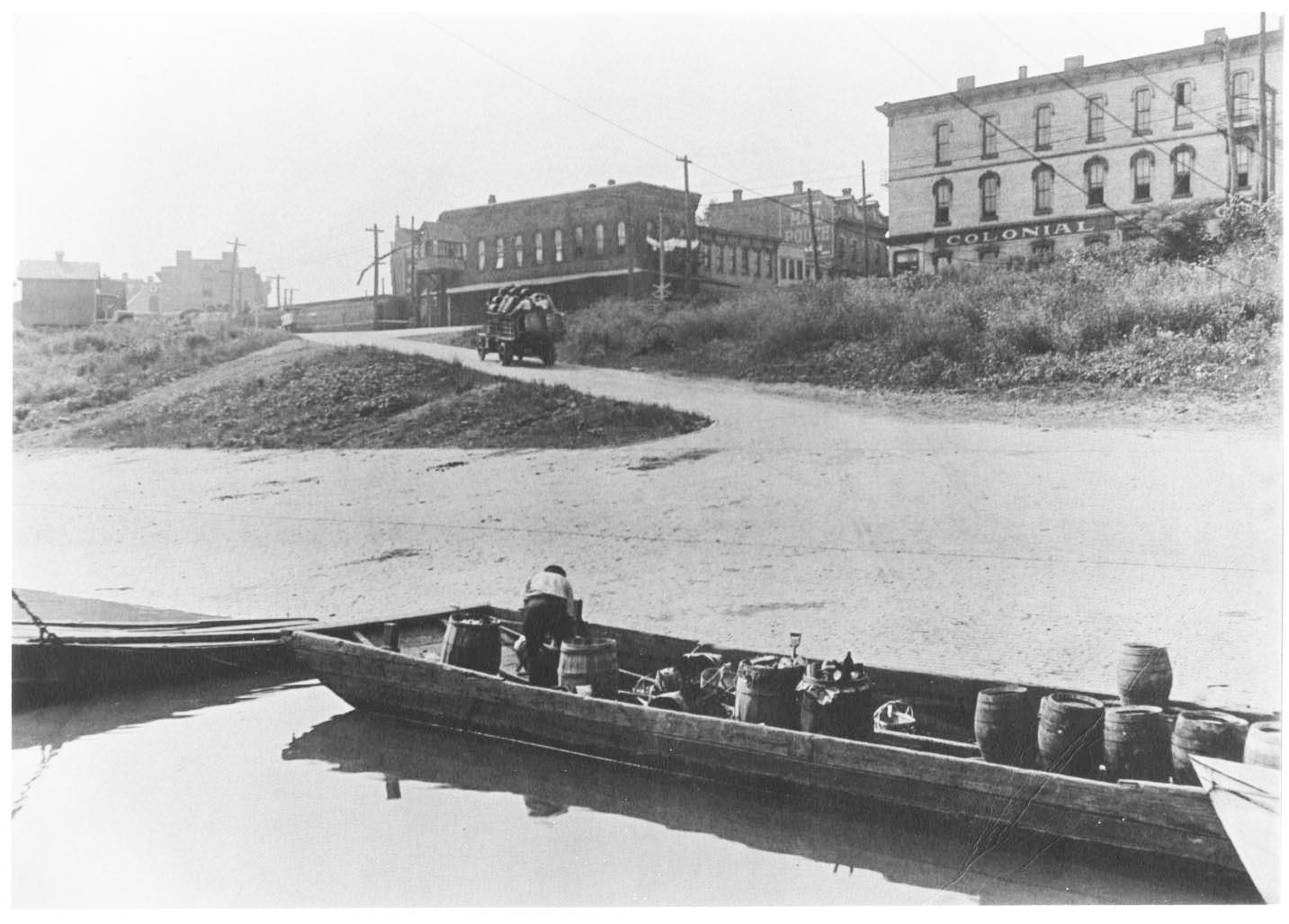
Steamers such as the one below frequently carried passengers along with cargo.
This picture probably 1940s or early 1950s. Note the phone number.
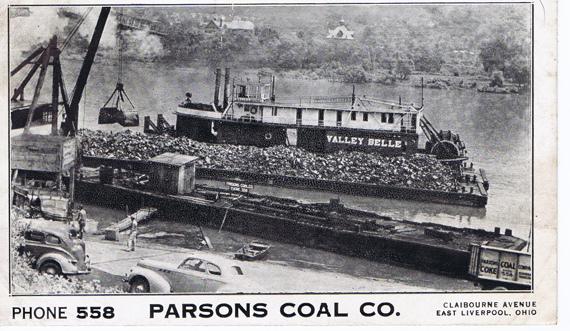
Prior to the Chester Bridge a ferry was the means for crossing the river. That is the Chester Bridge under construction in the background.
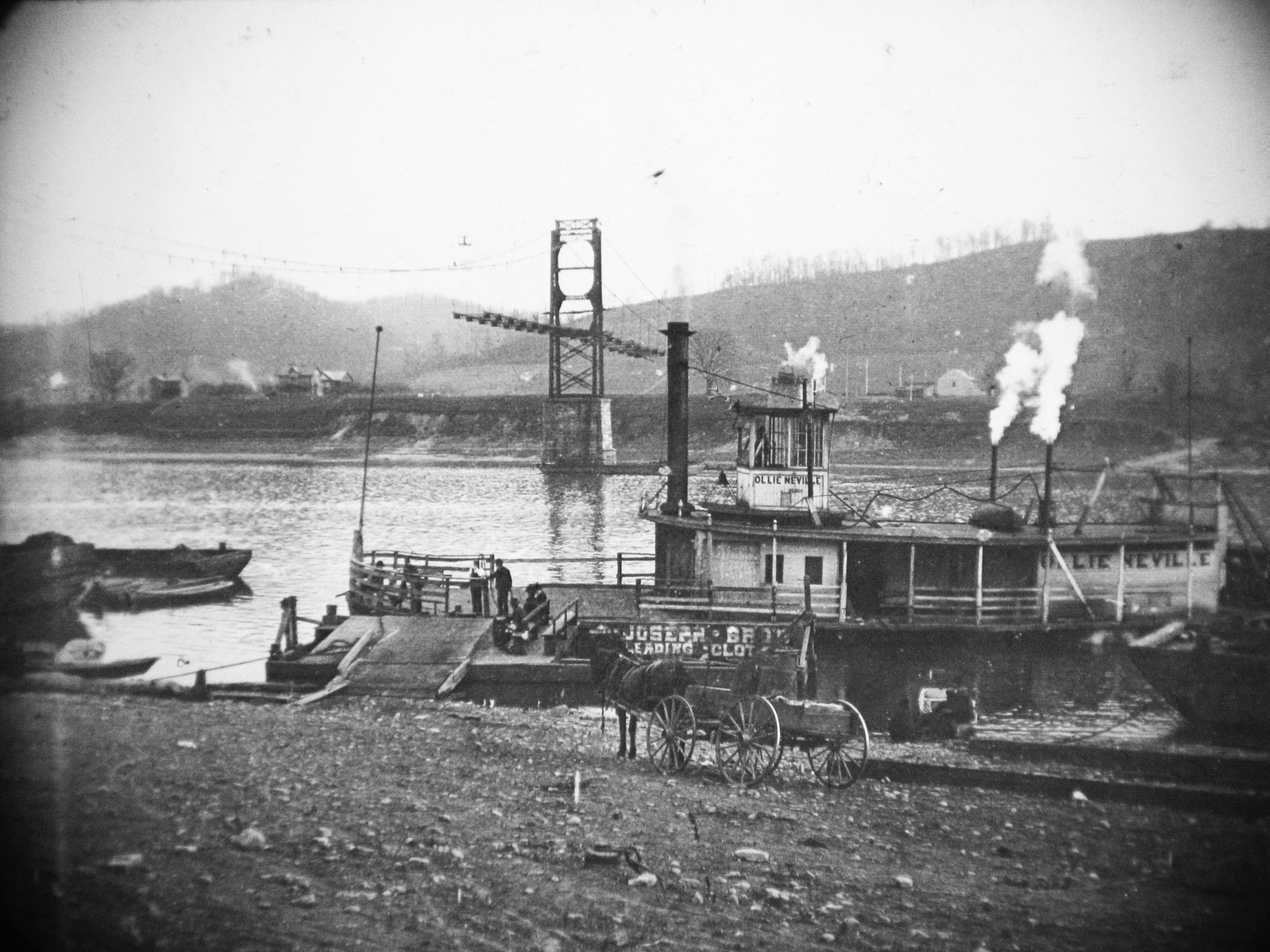
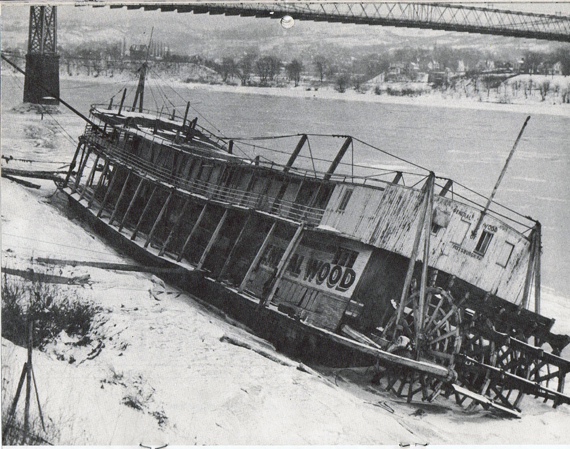
Various mishaps along the river were common at times.In this case the wreck of the General Wood.
During World War II Navy LSTs (Landing Ship Tank) were built.
The LST's were built in many locations in the US. Of the 1051 LST's built, 670 were constructed by inland shipbuilders, located in such diverse places as Pittsburgh, PA; Seneca, IL; Evansville, IN. Others were built at coastal shipyards such as Vancouver, WA; Charleston, SC, and places too numerous to list here. http://www.abiz4me.com/lstp2.html as of November 11, 2009
Some were built at American Bridge (Ambridge, PA)as well. http://home.jinko.com/ww2LST/definiti.htm as of November 11, 2009 Those that were built in Pittsburgh and Ambridge were sailed down the Ohio River to the Mississippi River, on down that river to the Gulf area where final outfitting would take place.
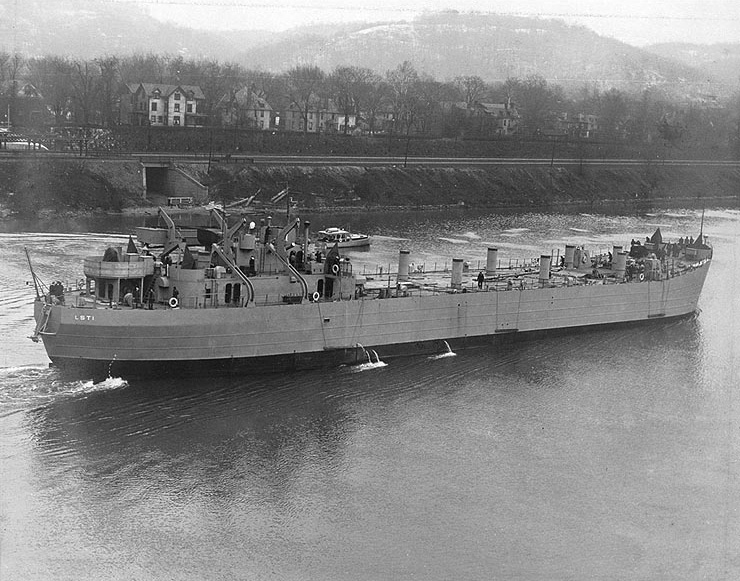
LST 1 Near Pittsburgh, Pa. 1942.
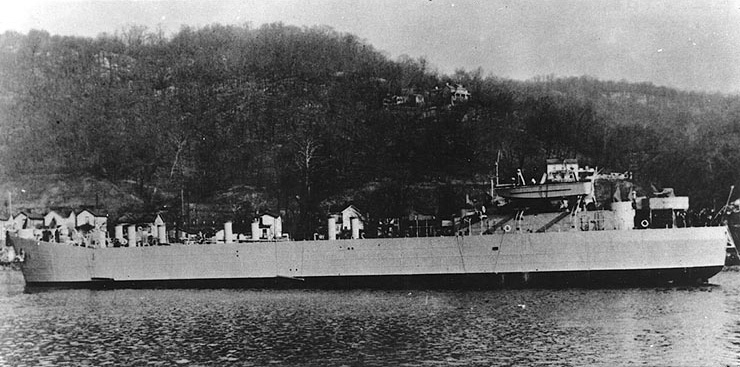
LST 1 Near Pittsburgh, Pa. 1942.

A LST passing by East Liverpool headed towards the Mississippi River during WWII.
Seaplanes on the Ohio River.
This site is the property of the East Liverpool Historical Society.
Regular linking, i.e. providing the URL of the East Liverpool Historical Society web site for viewers to click on and be taken to the East Liverpool Historical Society entry portal or to any specific article on the website is legally permitted.
Hyperlinking, or as it is also called framing, without permission is not permitted.
Legally speaking framing is still in a murky area of the law though there have been court cases in which framing has been seen as violation of copyright law. Many cases that were taken to court ended up settling out-of-court with the one doing the framing agreeing to cease framing and to just use a regular link to the other site.
The East Liverpool Historical Society pays fees to keep their site online. A person framing the Society site is effectively presenting the entire East Liverpool Historical Society web site as his own site and doing it at no cost to himself, i.e. stealing the site.
The East Liverpool Historical Society reserves the right to charge such an individual a fee for the use of the Society’s material.